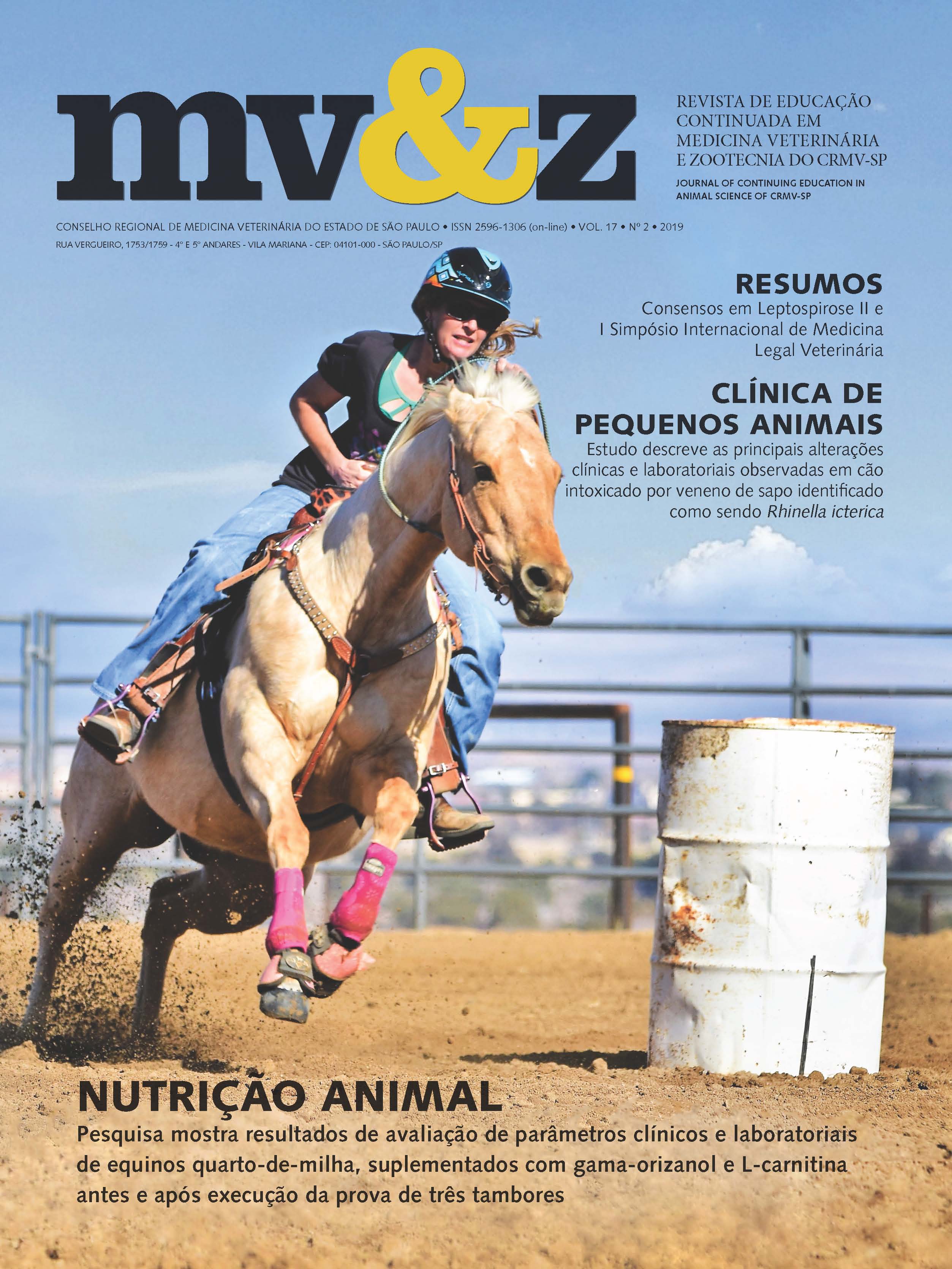Standard operational procedure: crime scene evaluation related to animal cruelty in Rio de Janeiro, Brazil
Main Article Content
Abstract
The Brazilian legislation on crimes against fauna defines as a crime: “to commit acts of abuse, mistreatment, injury or mutilation of wild, domestic or domesticated, native or exotic animals” (BRASIL, 1998). In recent years, the number of crimes against fauna has gained great notoriety, and due to the high demand for this type of exam, it is crucial to improve the experts’ reports on such offenses. Therefore, the State has the responsibility of correctly identifying and preserving evidences related to animal abuse (YOSHIDA, 2013). A satisfactory collection of vestiges is indispensable, since “findings are pieces of a puzzle that together tell a story” (MERCK, 2007). Currently in the state of Rio de Janeiro most of the examinations of crime scenes involving animals are carried out by forensic experts who are not veterinarians, due to the reduced number of these professionals in Scientific Police. In this regard, a standard operating procedure is essential for performing crime scene investigations involving animals because well collected evidence and proper crime scene analyses are fundamental for helping crime solution. Criminal expertise involves technical-
scientific knowledge, intended to clarify traces and interpret facts in the face of criminal or suspicious events (TREMORI; SOUZA, 2013). Thus, this work aims to implement a Standard Operating Procedure (SOP) used as an instrument to produce evidences, which will guide law enforcement.
Article Details
Section
1. Autores mantém os direitos autorais e concedem à revista o direito de primeira publicação, com o trabalho licenciado sob a Creative Commons Atribuição-NãoComercial-SemDerivações 4.0 Internacional
2. Autores têm autorização para assumir contratos adicionais separadamente, para distribuição não-exclusica da versão do trabalho publicada nesta revista (ex.: publicar em repositório institucional ou como capítulo de livro), com reconhecimento de autoria e publicação inicial nesta revista.
3. Autores têm permissão e são estimulados a publicar e distribuir seu trabalho online (ex.: em repositórios instituicionais ou na sua página pessoal) a qualquer ponto antes ou durante o processo editorial, já que isso pode gerar alterações produtivas, bem como aumentar o impacto e a citação do trabalho publicado (Veja O Efeito do Acesso Livre);
